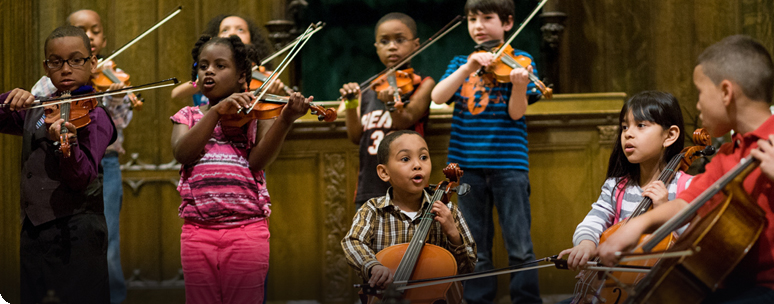Minna’s practice retreat“Just get into the practice hut, close the door and start, and time will slow down,” Barry Shiffman, the director of the residency program said to me on the second day of my two-week residency at the Banff Centre. Although I had arrived in Banff–which may be one of the most beautiful places in the world–in Alberta, Canada, I had up to that point felt stressed that the time was short and I had so much that I wanted to do while I was there. Barry’s words indeed became true once I was able to settle in and change gears from my normal high-paced rhythm. (Imagine a skittering insect, trying to slow down.) The days were very full and yet so simple: wake-up, eat, go to my hut and practice for a couple of hours, or on some days go to a lesson or a rehearsal, lunch, more practice, late afternoon swim, walk, or nap, dinner and in the evenings, hear a concert by one of the other residents, and then hang with all the great people there or more practice. The Banff Centre’s motto is “Inspiring Creativity.” Although my initial expectation had been that creativity would be inspired by having twelve wide open days to do nothing but practice, I quickly discovered that Barry and company had other plans for me. There were lessons scheduled with visiting guest artists, opportunities to participate in collaborative projects with other residents, and rehearsals in addition to the set concerts. The other residents ranged from classical pianists, string and wind players to composers, early music people, some earnest string quartets intent on getting their tape recorded to submit to the Banff String Quartet Competition, and a few singer/songwriters. One of my favorite collaborative projects was a curated piece with a visiting composer, Giorgio Magnanensi, which combined acoustic instruments with live electronics. The performance relied on the performers to carry out both written music and structured improvisation. A motley crew of sixteen musicians, whose breadth was typical of Banff’s ethic of creative combinations, included a pianist, a player of a handmade Kora (African harp/lute), a blues guitarist, recorder player, harpsichordist, vocalists, strings and more. The piece lasted about fifty minutes and the combined sounds of all the musicians and Giorgio’s score was manipulated electronically and presented to the audience with 5.1 surround sound technology. The two weeks culminated with a performance of the Martinu Madrigals with Sebastian, on the Friday night “Concert Night Out” Series. My practice retreat was both about soaking in the creative vibe at Banff and getting some concentrated work done in my hut. It was true that in the practice room, once I shut the door and picked up my fiddle, time slowed down. It felt luxurious to practice as if I had all the time in the world; to spend time on open strings, relaxation and my breath while playing, as well as sorting out technical things in some of the pieces I was working on. Instead of hurrying to learn repertoire as quickly as I could for a concert, here I could take the time to spend half an hour on thirds and an hour on a scale, because that was the first of many hours I had each day. And of course, who could ask for a more beautiful place to be? Surrounded by mountains, it’s impossible to not feel calmer, more focused and more open. I could easily have spent another two weeks there, but hopefully I can carry some of this renewed focus and energy to my life back at CMW. Thank you to Barry and the Banff Centre for this wonderful retreat, to Linda and Owen De Bathe for creating the scholarship at Banff that funded my tuition, and to CMW for letting me take the time away. Hurrah for practice retreats! -Minna Choi, CMW staff |
